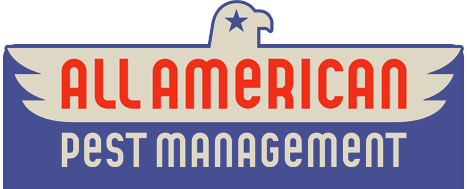Carpenter Ants
Carpenter ants are social insects that make their colonies primarily in wood. They hollow out wood or excavate insulation to build their nests. Unlike termites, they do not eat the wood; they just nest in it. Outdoors, carpenter ants are not serious pests. Although their excavations might sometimes weaken tree branches and limbs, in most cases carpenter ants nest in wood that is already rotten or damaged by termites. They become pests when they nest or forage for food in homes and other buildings. An infestation usually begins when part of an existing colony moves into a house.
The presence of carpenter ants can indicate that a building has problems such as moisture, rotting wood, or other conditions conducive to infestations. Texas species of carpenter ants cause less damage to structural wood than do carpenter ants from other parts of the United States, and certainly less damage than termites. They are nuisance pests and rarely cause damage to framing lumber. But, their presence is bad news for home sellers in Texas because they are considered a potential wood destroying organism.
Carpenter ants can be yellowish red, solid black, or a combination of black, red, and reddish orange. They are relatively large. Adults vary in length from about 1/4 inch to 5/8 inch for worker ants, and up to 3/4 inch for winged Carpenter Ants. Unlike other ants, they have only one segment between the thorax and abdomen, with a circle of hairs at the tip of the abdomen that sands their galleries as they walk, like a carpenter would sand the inside of a bowl. Winged carpenter ants resemble winged termites and, in Texas, it is not uncommon for both of these classes of insect to swarm at the same time. It is vital that they be identified accurately, because control measures differ greatly between the two insect groups.
Mature carpenter ant colonies produce male and female winged reproductive ants, or swarmer class ants. Environmental conditions cause reproductive ants to emerge and swarm. They mate during these swarms, which may occur over several days or weeks. After mating, the males die and the females begin searching for a nesting site. After establishing the nest, the female lays eggs and cares for the larvae. Under favorable conditions, the larvae grow, pupate, and become adult worker ants in 4 to 8 weeks. After becoming adults, the new generations of workers expand the nest, excavate galleries, and take over the task of providing food for the queen and larvae.
Colony growth for some species is influenced by moisture, with higher moisture levels favoring growth and brood development. This may explain why carpenter ant nests are more common in wood with higher moisture content.
Carpenter ants enter structures through cracks and crevices around windows and in foundation walls, through heating or air-conditioning ducts, where tree branches or utility lines contact a structure, and through ventilation openings in the attic. They nest in wood that is moist or has been previously damaged by water or termites. This damage can happen where there is a leak, condensation, or continuously high relative humidity.
The key to managing carpenter ants is to identify all locations where a colony could exist by thoroughly inspecting the structure, both inside and out. Just because it is on wood doesn’t make it a Carpenter ant! Call All American Pest Management for a professional inspection to be sure.
Carpenter ant control is highly specialized, and treatments for termites or other pests will not control carpenter ants. Because carpenter ants can be difficult to control, the best solution is to hire a pest management professional. As professionals, we are familiar with the biology and control of our local species of carpenter ants and have experience in finding the nests. If you find what you think might be some of these creatures, give us a call! We will be happy to come check things out for you.





